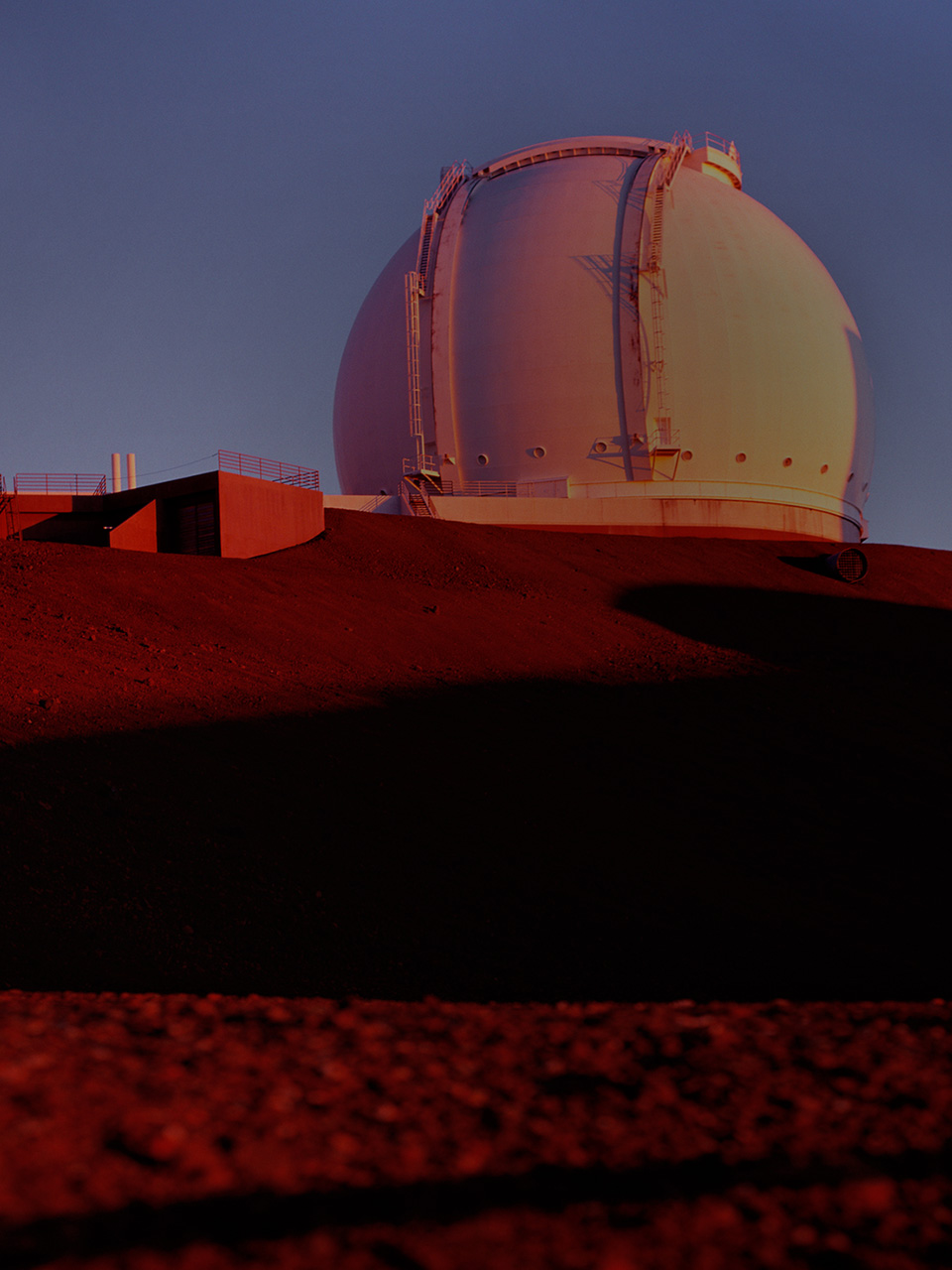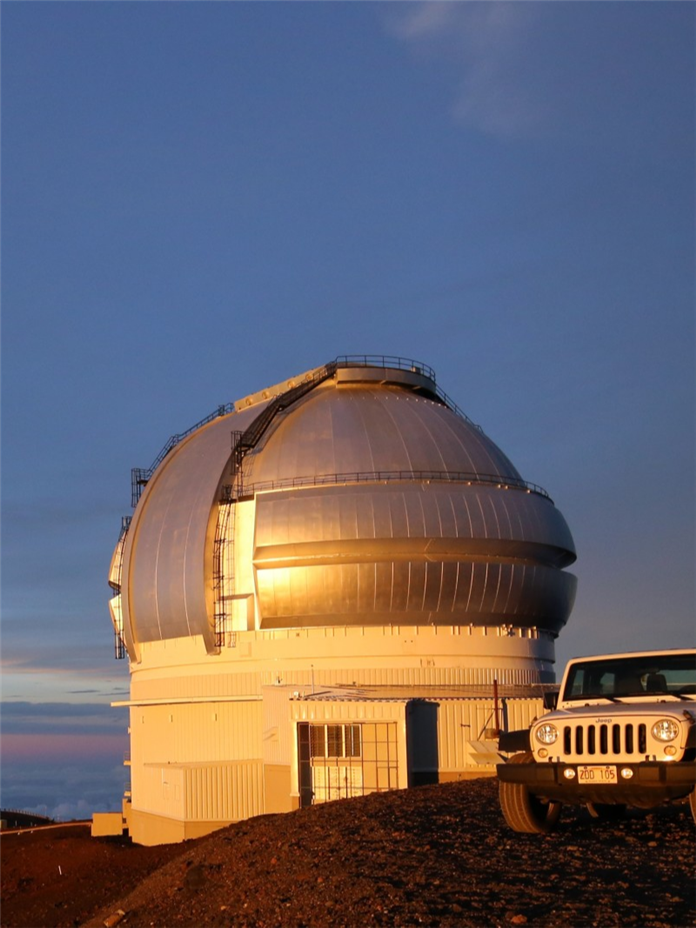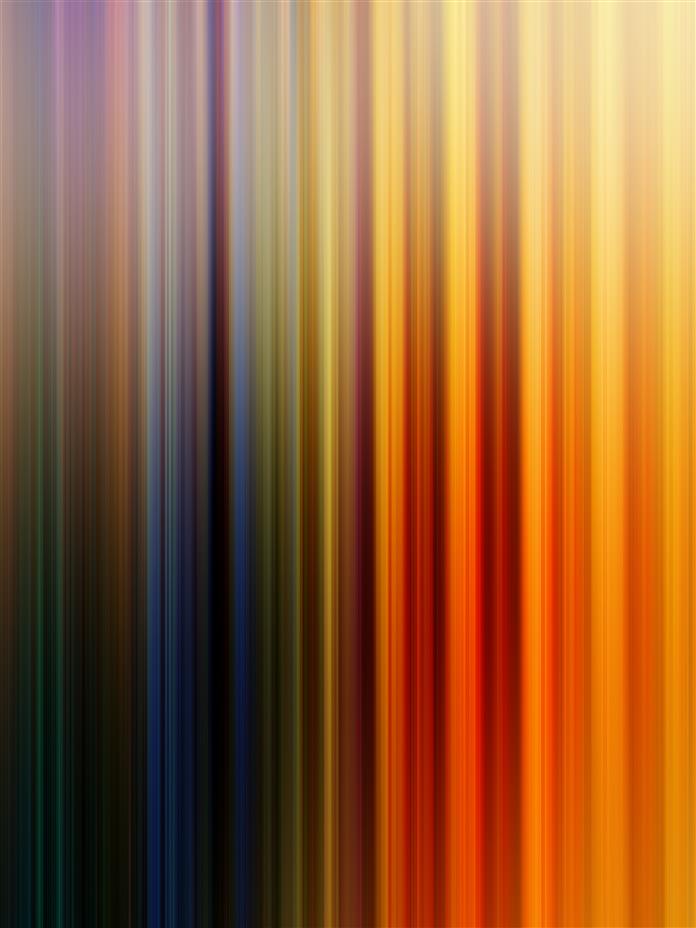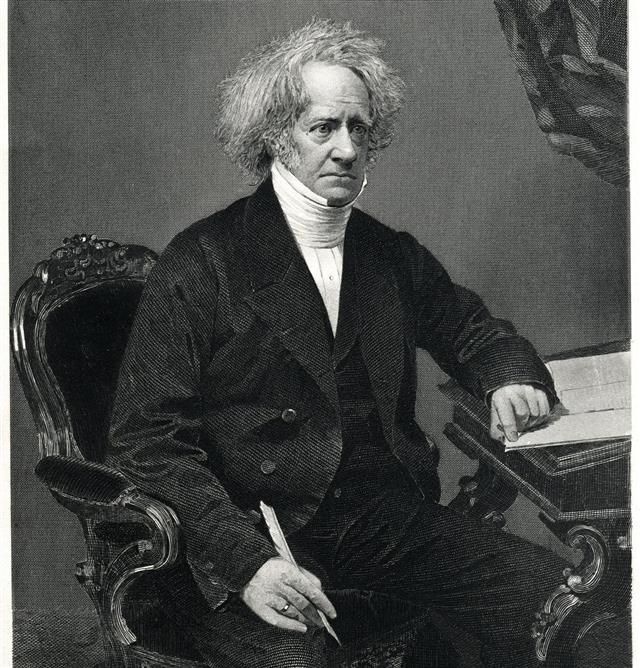Curious to know more about Infrared telescopes? Well, go through this post, which will give you some interesting information on this type of telescope.

Tap to Read ➤
Everything About Infrared Telescope
Amigo G


Curious to know more about Infrared telescopes? Well, go through this post, which will give you some interesting information on this type of telescope.

A telescope is defined as a combination of mirrors and lenses, which gather visible light for observing distant bodies. They have been used to study celestial bodies. Infrared telescope uses infrared light to spot celestial bodies.

This light is electromagnetic radiation having wavelength shorter than a radio wave, but longer than that of visible light. It's interesting to know that all celestial bodies having temperatures higher than absolute zero, emit electromagnetic radiation.

In addition to this, scientists have been using optics, gamma rays, and ultra violet rays, to name a few technologies, in order to detect electromagnetic radiation emitted by celestial bodies.
History

The infrared radiation was discovered by William Herschel in 1800.

In the Infrared spectrum, change in temperature could be detected by Bolometer, discovered by Samuel Pierpont in 1878. The Bolometer created by Frank Low in 1961, was the breakthrough giving rise to today's telescope.

Design
The working principle resembles that of a visible light telescope and its components are also the same. A combination of mirror and lens collects and converges radiation on a detector, made up of mercury cadmium telluride alloy. The data from the detector or a collection of detectors is interpreted by a computer for analysis.

Helium or liquid nitrogen is used as a coolant, which keeps the temperature approximately equal to absolute zero. This prevents the detector from getting contaminated by heat sources. The telescope at Spitzer space is the largest ever built infrared telescope, which is cooled up to -273ºC.

Types
Telescopes are categorized into 3 different types, Space, Air-borne, and Ground. All the 3 types are equipped with an advanced detector, along with a Infrared camera, and are kept cooled to a couple of hundred degrees below zero. Ground Telescopes were first used to detect celestial bodies.

They started getting recognition in 1960s. Their limitation is due to the absorption of radiation by water vapor present in Earth's atmosphere. They were lifted to altitudes as high as 24 miles with the help of balloons, in 1960s.
By late sixties, these started getting lodged in rockets, which was the first use of Air-borne Telescopes. SOPHIA, developed by NASA, reached the stratosphere in May of 2010. It was an approximately 17.5 Ton Telescope, lodged in an airplane. When stationed in space, it prevents interference by the Earth's atmosphere.
In 1983, IRAS was launched, it disclosed the information about the center of milky way and other galaxies as well. WISE, developed by NASA, is a spacecraft with a Space Telescope, launched in 2009.
Applications
These devices have found applications in areas such as detection of nebulae, brown star astronomy, and planets, which are extremely faint and cool, making them difficult to be observed in visible light.
As discussed earlier, Infrared radiation has larger wavelength as compared to visible light, making possible for it to penetrate through astronomical dust or gases, without getting scattered. This makes one of the most important applications of these telescopes to observe milky way, which, if viewed in visible light, becomes obscured.
Also, redshift phenomenon results in increasing the wavelength of celestial object as its distance from the earth increases. Hence, as the radiation from these bodies reach earth, it causes visible light getting converted to infrared, which can be detected by these devices only.